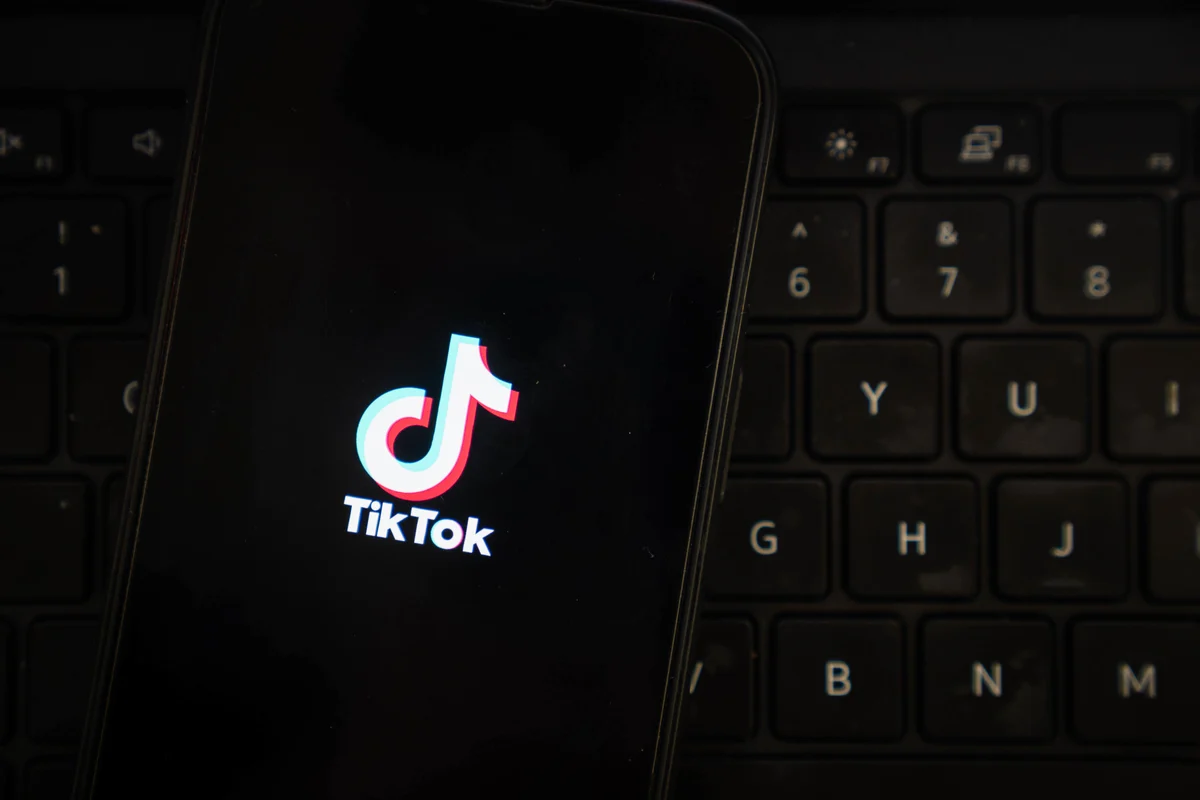Copyright newsweek

Across the country, many people have largely given up on polling. With surveys so often failing to predict our electoral outcomes, Americans are understandably wary. It’s not just election polling that’s leaving people frustrated. These days, there’s mass confusion around where we stand on so many things. Recently, numerous reports have discussed the dangerous and growing support for political violence across the political spectrum. But some researchers say those claims are wrong. Which is right? Assorted AI apps, including ChatGPT, Gemini, Claude, Perplexity, Meta AI, Microsoft Copilot and Grok, are seen on the screen of an iPhone. (Getty Images) There’s a solution to this. New technologies allow us to radically transform the surveying process. They can unlock a deeper, richer, more accurate understanding of who we are as a nation. Surveys are broadly composed of two kinds of data. There’s quantitative data, which comes from things like multiple choice questions, yes or no answers, “rate how you feel on a scale from 1 to 5,” et cetera. Then there’s qualitative data. This comes from open-ended questions, in which people are invited to share their thoughts and feelings. In these responses, people tell us why they answered the quantitative questions the way they did. They make clear what they mean. For generations, a lot of qualitative data has gone unused. Numerical findings have been given much more weight. Corporate executives have told us that they know they have qualitative information sitting around, but never found a good way to use it. Having teams of people piece through written responses and transcriptions of spoken responses has been very time consuming, cumbersome and expensive. And even if researchers did piece through all those responses, it often wasn’t clear what to do with them. Those days are gone. AI-powered tools can now process all those responses instantly. Equipped with newly powerful and accurate forms of natural language processing (NLP), they can discover common ideas, complaints and insights. They contextualize the numbers. For example, a quantitative question might ask people to weigh in on a statement such as, “I believe the use of force for political aims is sometimes justified.” Respondents might choose answers on a scale of “strongly disagree” to “strongly agree.” But qualitative findings could tell us how many who “strongly agree” went on to say that they only mean “force” by the courts, not physically. Or that physical force should only be used in self-defense, such as taking down a gunman at a political event. We’ve seen what a difference these new kinds of surveys make. In one project, we were part of a team that used these new technologies to understand housing insecurity in the United States. We went beyond numbers, and probed people’s hope and despair. We invited their stories of experiencing bigotry in the housing process. Those stories gave us a much clearer picture. The New Digital Twins Today’s technologies can answer questions the pollsters didn’t even ask. Because people share so much information in their open-ended responses, these tools can search through all those responses to understand how they feel about lots of topics. The technology can also layer in proprietary or publicly available data from other legitimate sources—like social media data, historical opinion data, focus group transcripts and more. These tools can create “digital twins.” That term has been used in various ways; in this context, it refers to AI personas that are realistic, three-dimensional and based on curated, representative and diverse data sets. We can build hyper-specific, targeted digital twins of audiences or electorate segments that represent how real people feel. We can then ask these personas new questions. How can we know that their answers are representative? One way is to ask survey questions of real people and these personas, and compare the responses. Another is to test their outputs against future behaviors, like voting or purchasing decisions. There are myriad potential uses. Social scientists can develop accurate understandings of how Americans really feel about all sorts of issues. Companies can gauge messaging, social strategy, crisis response and more. One global brand is working with us to help predict the impact of tariffs, inflation and economic instability on consumer behavior. And with AI continuing to evolve, there will surely be new, innovative uses in the future. These tools must be applied responsibly. The goal is to help everyone committed to doing good in the world use them successfully. (For example, my team worked with Alphabet to help transform global agriculture and is embarking on a large global public health initiative.) To better understand America—and people around the world for that matter—we don’t need to give up on surveys altogether. We just have to enter a new era...



